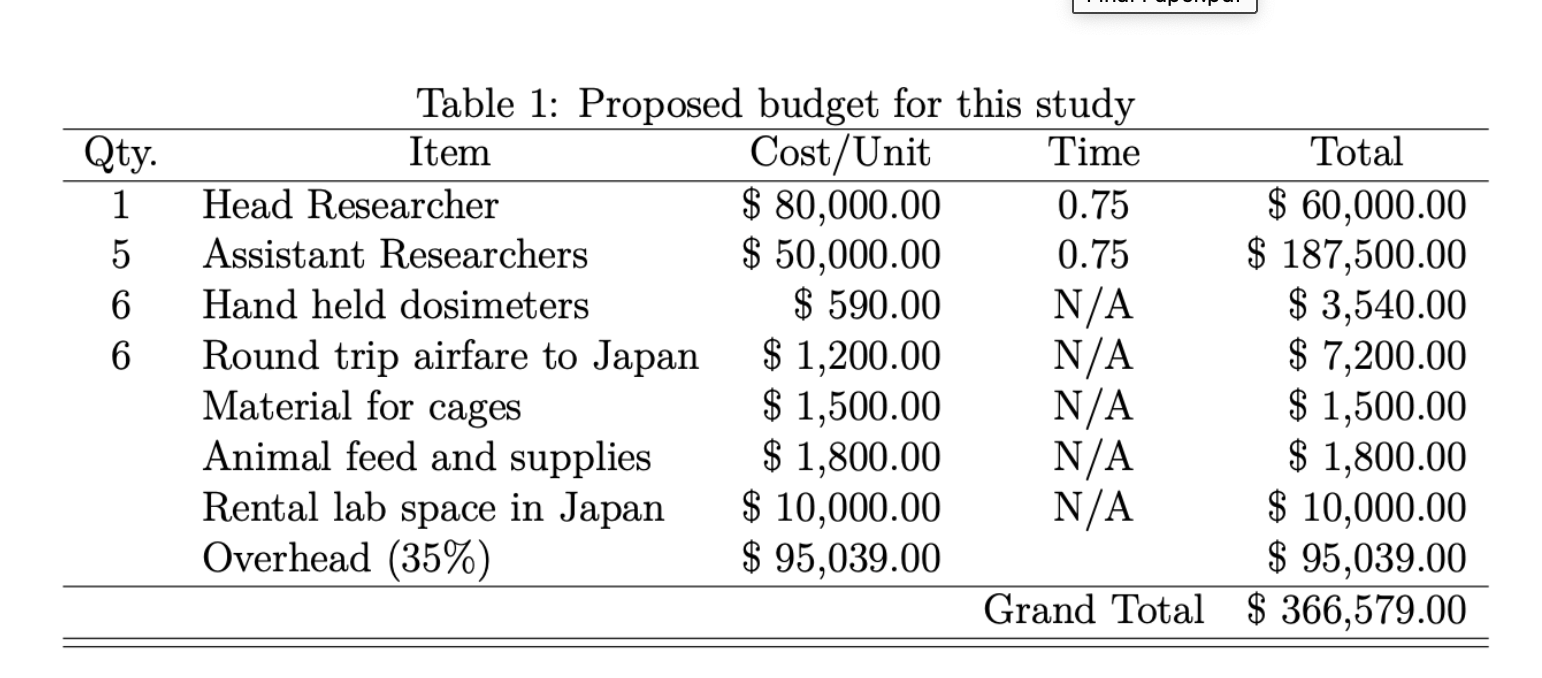I recently exchanged emails with the EPA on the classification of chlorpyrifos as having "evidence against carcinogenicity," when the epidemiological research so clearly shows otherwise. You can view their files on many chemicals at http://npic.orst.edu/chemicals_evaluated.pdf. The explanation, in brief, is that EPA does not use epidemiological research in registering chemicals and assessing carcinogenicity; they instead rely on single-substance animal studies, which have myriad drawbacks. Under TSCA (Toxic Substance Control Act), which was established in 1976 and which grandfathered in most chemicals, they have successfully banned only five substances, and the ban on asbestos was later revoked in court. The EPA is almost powerless under this law, but having an EPA, and an elaborate registration system, gives the illusion of protection. The EPA does say, certainly, that pesticides are inherently toxic http://www.epa.gov/iaq/pesticid.html; the public gets a different impression because they are "registered" with the EPA. The EPA points out that the registration only allows them to force manufacturers to put information on the label -- it does not allow them to stop dangerous chemicals from being sold. See also this quote: "Another study suggests that 80 percent of most people's exposure to pesticides occurs indoors and that measurable levels of up to a dozen pesticides have been found in the air inside homes. The amount of pesticides found in homes appears to be greater than can be explained by recent pesticide use in those households." The main lesson I want to emphasize here is that your comments count, both with the EPA and, perhaps more importantly, with legislators who can pass stronger laws. Even the best EPA employees and scientists cannot protect Americans beyond the scope of the law, as you may see below. If we do not speak up about our systematic exposure to tens of thousands of environmental chemicals, we have little room to complain. You can sign up on the EPA website to be notified when chemicals like chlorpyrifos are up for review. I encourage you to do so: http://www.regulations.gov/#!docketDetail;D=EPA-HQ-OPP-2008-0850 or http://www.regulations.gov/ I hope the details of my correspondence may be of use -- I include it all so as to fairly represent the cordial EPA representative -- but there are many more arguments to be made and studies to cite.
Subject: RE: EPA's 2013 List of Chemicals Evaluated for Carcinogenic Potential
Mr. Borges-Silva--
Thank you so much for sending me this list.
I'm not sure why others are interested in this list just now. I am comparing it with a current review of literature on childhood cancers and various chemicals, particularly pesticides. I notice that the evaluations are really out of date. How in the world can chlorpyrifos be classified as "evidence of non-carcinogenicity" by the EPA? Maybe it's because it was last evaluated in 1993. It is highly correlated to childhood ALL and brain cancer. Endosulfan, too, is listed as not likely to be carcinogenic and was last evaluated in 2000, though I have just read an article linking its presence in bone marrow to childhood cancer. 2,4-D is listed as not classifiable and was last evaluated in 1997, although multiple studies link it to prostate cancer, non-Hodgkin's lymphoma and other cancers.
Can you tell me whom I should contact about this? Many chemicals on this list should be re-evaluated; the list conveys a mistaken idea of the danger of these chemicals and relies too heavily on single-substance animal testing rather than epidemiological data. I am reviewing the literature anyway and would be happy to share my findings.
Thank you--
Jean-Marie Kauth, PhD
From: Borges-Silva, Quentin [Borges-Silva.Quentin@epa.gov]
To: Kauth, Jean-Marie
Subject: RE: EPA's 2013 List of Chemicals Evaluated for Carcinogenic Potential
Dear Ms. Kauth:
NPIC is a contracted information-sharing partner of the EPA, so it is appropriate for them to post the carcinogenic potential list online.
On your other point, carcinogenicity studies are required (under Part 158 of the US Code of Federal Regulations; Title 40 Protection of the Environment) for all pesticides used on food as well as for some non-food pesticides that could lead to long-term exposures in humans. These carcinogenicity studies are required in both sexes of two animal species (typically mice and rats) and are submitted and reviewed when a pesticide is proposed for registration. These studies may be reviewed again when a pesticide undergoes registration review and the cancer classification will be reevaluated if new studies or toxicological data have been submitted.
Specifically for the chlorpyrifos, it was determined that "Chlorpyrifos is not likely to be carcinogenic to humans, based on the lack of evidence of carcinogenicity in studies in rats and mice and the absence of a mutagenicity concern. Chlorpyrifos was not mutagenic in bacteria or mammalian cells, but it did cause slight genetic alterations in yeast and DNA damage to bacteria." http://www.regulations.gov/#!documentDetail;D=EPA-HQ-OPP-2008-0850-0025
For Endosulfan: "There was no evidence of carcinogenicity in either the combined chronic toxicity/ carcinogenicity study in rats (MRID# 41099502) or the carcinogenicity study in mice (MRID# 40792401). The doses were considered adequate in both studies. Endosulfan technical was also inactive in the primary rat hepatocyte unscheduled DNA synthesis (UDS) assay (MRID# 00148265), and was non-mutagenic in the mouse lymphoma forward mutation assay (MRID# 00148266). Endosulfan is classified as "not likely" a human carcinogen." http://www.regulations.gov/#!documentDetail;D=EPA-HQ-OPP-2002-0262-0180
As for 2,4-D, this chemical has been evaluated by OPP's Cancer Peer Review Committee three times, and once each by the Science Advisory Panel and by a Scientific Advisory Board (SAB)/SAP Joint Committee. At the last meeting of the CPRC, it was determined that "2,4-D should remain classified as a Group D - Not Classifiable as to Human Carcinogenicity. That is, the evidence is inadequate and cannot be interpreted as showing either the presence or absence of a carcinogenic effect." http://www.epa.gov/opp00001/chem_search/cleared_reviews/csr_PC-030001_29-Jan-97_118.pdf
For more information on the agency process and procedures for carcinogenic risk assessment, please visit http://www.epa.gov/cancerguidelines/; and for an overview of our pesticide risk assessment process, please visit http://www.epa.gov/pesticides/about/overview_risk_assess.htm
I hope you find this information useful.
Sincerely,
Quentin Borges-Silva
703-308-0395
USEPA, Office of Pesticide Programs
"Protecting Human Health & the Environment"
http://www.epa.gov/pesticides
Mr. Borges-Silva,
Thank you so much for your personal response.
One of the biggest mistakes the EPA has made is relying on single-substance animal tests, often performed by the pesticide companies, to assess toxicity. Rats and mice are not perfect human models and do not have the longer latency period of humans. These single-substance tests also do not factor in synergistic effects with other chemicals to which we are all exposed (CDC); this is the most likely reason that the best epidemiological studies show very different results compared to animal studies. And all this explains why the President's Cancer Panel (PCP) Report of 2010 and the American Academy of Pediatrics (AAP) in 2013 assign much of the blame for rising cancer rates in children to virtually unregulated pesticide exposures.
Organophosphates, the class to which chlorpyrifos belongs, have long been implicated in epidemiological studies of childhood leukemia (Zahm and Ward 1998; Meinert et al. 2000; Infante-Rivard and Weichenthal 2007); now in addition to teasing out this particular class of chemicals, studies are starting to use direct measures, like metabolite levels in urine and biomarkers of toxicity, to assign blame to particular substances (Soldin et al. 2009; Amaroli et al. 2013). One recent study points out that the finding that insecticides like organophosphates, organochlorines, and pyrethroids are particularly linked to brain cancer is “interesting” because these class of insecticides “readily cross the blood-brain barrier and target the nervous system, whereas pesticides aimed at plants and fungi inherently rely on different mechanisms of action” (Nielson et al. 2010). New research argues that chlorpyrifos may be responsible for increased levels of cancer, not because it damages DNA directly, but because it depresses immune and neurochemical activity (Perry and Soreq 2004; Amaroli et al. 2013) or causes oxidative stress, endocrine disruption, and cholinesterase inhibition (Rull et al. 2009).
Our eight-year-old daughter Katherine died in 2002 of leukemia we have every reason to believe was caused by her unwitting exposure to chlorpyrifos, so we have followed the evidence carefully for years. We thought she was protected when chlorpyrifos was banned for residential use in 2001, but there was a loophole for mosquito spraying, which we did not realize had occurred from her infancy onwards. We know your hands are tied by the weakness of TSCA. The Safe Chemicals Act, sponsored by Frank Lautenberg, would be a step in the right direction; but in the meantime, you at the EPA are all that protects our children, and you have largely failed to do so, not just by our accounting, but according to the PCP and AAP. Having an Environmental Protection Agency gives people the illusion that they are protected from environmental exposures, when nothing could be further from the truth. Registration implies to most people that the chemicals in question have been thoroughly researched and have negligible human health risks. That is simply not the case.
Could you please pass this on as a request for re-registration of chlorpyrifos and other organophosphate chemicals in light of more recent and epidemiological evidence?
Thank you--
Jean-Marie Kauth, PhD
Craig W. Colling, PhD
References
American Academy of Pediatrics (AAP). 2012. Policy statement: Pesticide exposure in children. Pediatrics 130(6):e1757-e1763.
Amaroli A, Aluigi MG, Falugi C, Chessa MG. 2013. Effects of the neurotoxic thionophosphate pesticide chlorpyrifos on differentiating alternative models. Chemosphere 90:2115-2122.
Centers for Disease Control and Prevention (CDC). Fourth National Report on Human Exposure to Environmental Chemicals. Atlanta (GA). 2005.
Infante-Rivard C, Weichenthal S. 2007. Pesticides and childhood cancer: An update of Zahm and Ward’s 1998 review. J Toxicol Environ Health, Part B 10:81-99.
Meinert R, Schüz J, Kaletsch U, Kaatsch P, Michaelis J. 2000. Leukemia and Non-Hodgkin’s Lymphoma in childhood and exposure to pesticides: Results of a register-based case-control study in Germany. Epidemiology 151(7):639-646.
Nielson SS, McKean-Cowdin R, Farin FM, Holly EA, Preston-Martin S, Mueller BA. 2010. Childhood brain tumors, residential insecticide exposure, and pesticide metabolism genes. Environ Health Perspect 118(1):144-149.
Perry C, Soreq H. 2004. Organophosphate risk of leukemogenesis. Leukemia Research 28: 905-906.
President’s Cancer Panel (PCP). 2010. Reducing Environmental Cancer Risk: What We Can Do Now. U.S. Department of Health and Human Services.
Rull RP, Gunier R, Von Behren J, Hertz A, Crouse V, Buffler PA, Reynolds P. 2009. Residential proximity to agricultural pesticide applications and childhood acute lymphoblastic leukemia. Environmental Research 109:891-899.
Soldin OP, Nsouly-Maktabi H, Genkinger JM, Loffredo CA, Ortega-Garcia JA, Colantino D, Barr DB, Luban NL, Shad AT, Nelson D. 2009. Pediatric acute lymphoblastic leukemia and exposure to pesticides. Ther Drug Monit 31(4):495-501.
Zahm SH, Ward S. 1998. Pesticides and childhood cancer. Environ Health Perspect Suppl 106:893.
Dear Ms. Kauth:
Thank you for your follow-up message. You have my sympathies over the loss of your child.
I field quite a few complaints from people who criticize the EPA's regulatory approach for pesticides. The pattern I have noticed from that experience is that some people see as a "mistake" that which federal courts consider to be "consistent with federal law." As a federal agency with a mandate based in federal law, the only legitimate actions the EPA can take are those that comport with the law; that some people feel things should be done differently would not make a sound defense in court. I also have enough experience with my counterparts in pesticide regulatory agencies across the globe to know that, for all of its alleged faults, the EPA's approach to pesticide regulation is recognized as the world's gold standard. Of course, none of this seems to matter to people who feel our approach is a mistake or a failure.
Be that as it may, chlorpyrifos has already undergone re-registration and is now in the registration review process. You can find all of the documents related to this registration review case in the chlorpyrifos docket at regulations.gov http://www.regulations.gov/#!docketDetail;D=EPA-HQ-OPP-2008-0850 There are comment periods that open as we hit certain milestones in the process, during which time we invite the public to submit relevant information for agency consideration. You should be able to sign up for notifications at the linked website so you will know when the EPA updates the docket and opens comment periods. That would be the most effective way to ensure that your comments are in the public record and that the agency takes them into account in our final regulatory decision. I can assure you that while the agency takes all comments into account, well-cited ones like yours are especially appreciated.
Sincerely,
Quentin Borges-Silva
Dear Mr. Borges-Silva--
Thank you so much -- that is very helpful. Rest assured, I do understand that the EPA is bound by law, and I do work hard to make sure legislators are first and foremost to hear my concerns. The European Union, however, is pulling significantly ahead of the U.S. when it comes to environmental chemical regulation. From our perspective, it is no comfort to know whose fault it is since the failures in the system have cost us the life of our beloved first-born child. The numbers on the pages of the epidemiological studies are not just numbers for us.
Best--
Jean-Marie Kauth












